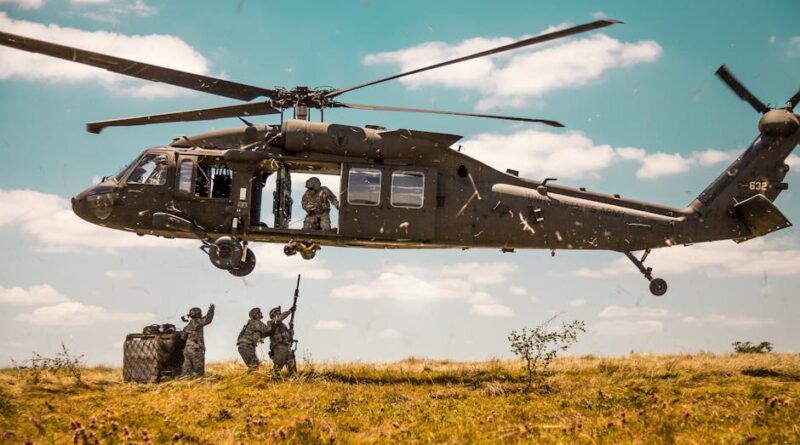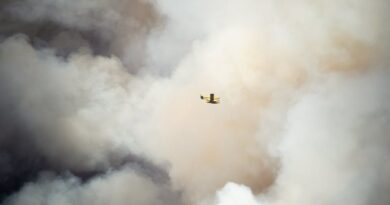Essential Checklists for Every Flight Operation
Did you know that a single small mistake in aviation can lead to major consequences? It’s true! That’s why pilots and crews rely on checklists. They help ensure safety and efficiency during flight operations. Whether you’re a pilot, part of the crew, or just an aviation enthusiast, understanding these checklists is crucial.
What Are Flight Operations Checklists?

Flight operations checklists are tools designed to guide pilots and crew through each step of their duties. Think of them as a recipe for baking a cake. Just as you wouldn’t skip steps when whipping up a delicious dessert, you don’t want to skip steps in aviation.
Checklists help prevent errors. They cover everything from pre-flight preparations to post-flight duties. By following these steps, crews can focus on flying safely instead of worrying about what they might forget.
Why Are Checklists Important?
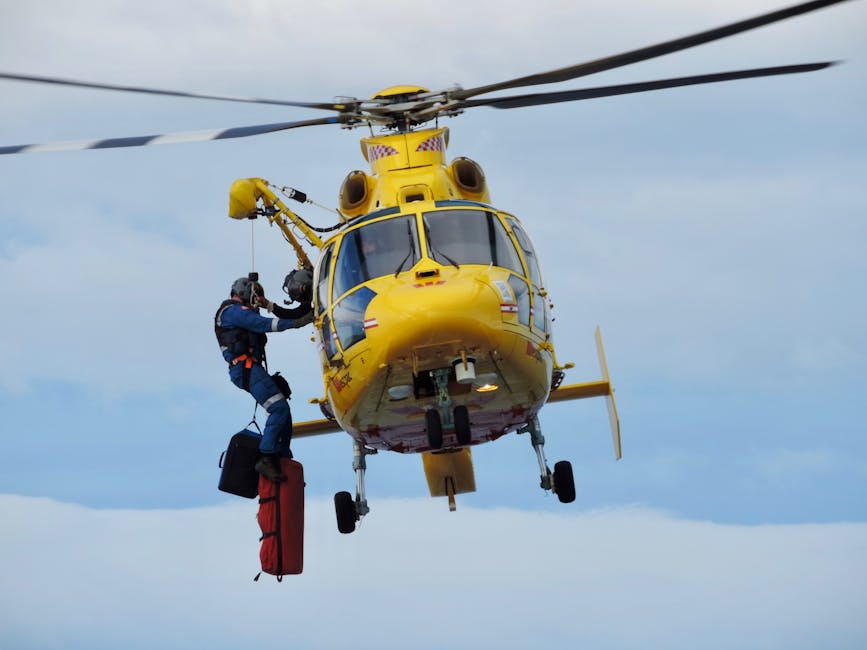
Checklists are not just paper; they represent a culture of safety in aviation. According to the National Transportation Safety Board (NTSB), using checklists can prevent 70% of aviation accidents. that’s a number worth paying attention to!
Moreover, they help reduce stress. When a pilot knows they have a reliable checklist, they can trust the process. it’s like having a trusted friend remind you of important tasks. Everyone benefits when operations run smoothly.
What Are the Main Types of Checklists?
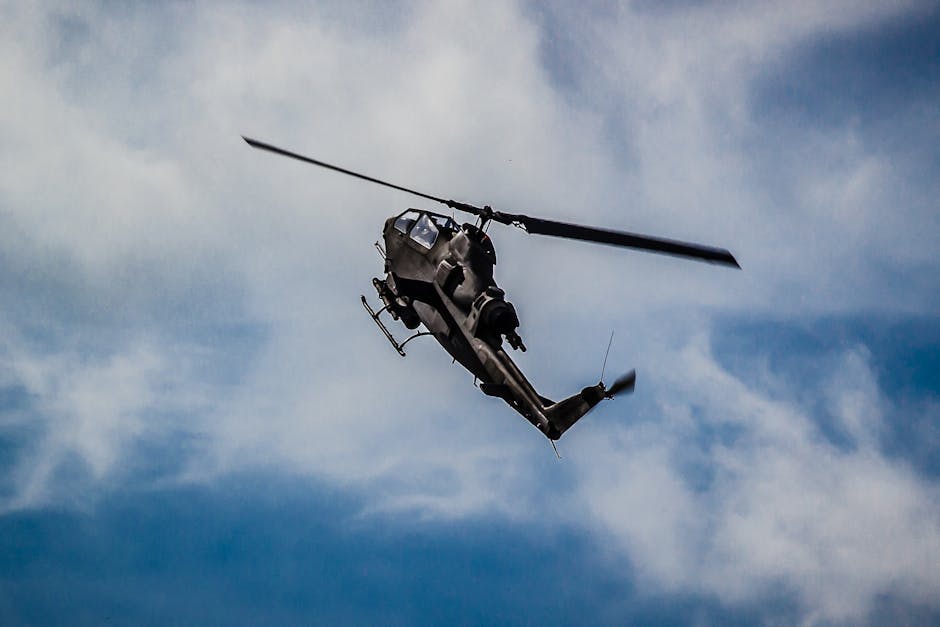
There are several types of checklists in aviation. Here are the main ones:
- Pre-flight Checklists: Used before takeoff to ensure everything is ready.
- Before Start Checklists: Tasks to complete before the engines start.
- Takeoff Checklists: Items to confirm before departure.
- In-flight Checklists: Tasks during the flight, like monitoring systems.
- Landing Checklists: Steps to prepare for a safe landing.
- Post-flight Checklists: Duties after landing to secure the aircraft.
Each checklist serves a specific purpose. They help pilots stay organized and focused, enhancing safety.
What Should Be Included in a Pre-flight Checklist?
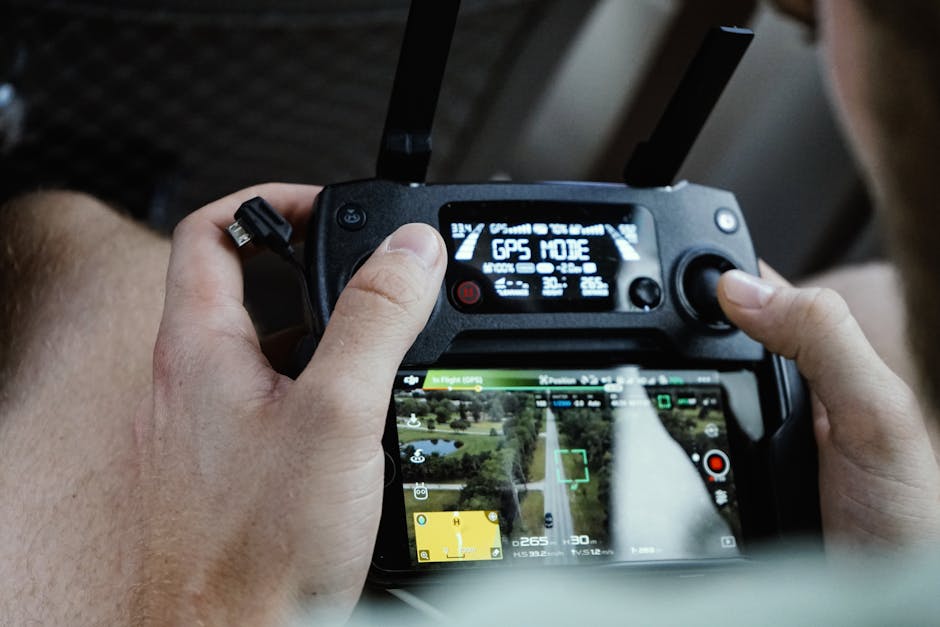
The pre-flight checklist is crucial for safety. it’s like preparing for a big presentation; you want everything in order before you begin. Here are common elements you might find:
- Weather Conditions: Check forecasts and reports.
- Flight Plan: Ensure the route is filed correctly.
- Fuel Levels: Confirm adequate fuel for the journey.
- Aircraft Inspection: Look for any visible issues on the aircraft.
- Emergency Equipment: Ensure all emergency gear is onboard and functional.
Completing this checklist helps pilots feel confident before they even step on the aircraft.
What Are the Key Steps in a Before Start Checklist?
The before start checklist is all about preparing the aircraft for the engines to roar to life. Heres what it typically includes:
- Seatbelts Fastened: Ensure everyone is secured.
- Instruments Set: Verify all gauges and dials are in the correct position.
- Power Check: Ensure electrical systems are operational.
- Engine Controls: Confirm throttle and mixture settings.
Completing this checklist helps the crew transition smoothly from ground to air.
How Does the Takeoff Checklist Work?
The takeoff checklist is the moment of truth. This checklist ensures that everything is ready for takeoff. Heres what it usually covers:
- Runway Clear: Confirm theres no obstruction on the runway.
- Flaps Set: Adjust flaps to the proper position for takeoff.
- Trim Settings: Set the trim for stable flight.
- Throttle Check: Ensure engine power levels are correct.
This checklist is like double-checking your shopping list before heading to the store. it’s a safety net to catch anything that might have slipped through the cracks.
What Do Pilots Monitor with In-flight Checklists?
During the flight, pilots still have important tasks to check off. In-flight checklists help ensure everything runs smoothly while soaring through the sky. Heres what they might include:
- Altitude: Monitor and adjust as necessary.
- Fuel Consumption: Check fuel levels and usage rates.
- Engine Performance: Keep an eye on engine health.
- Communications: Ensure radio contact is maintained.
These tasks help pilots respond quickly to any changes in the flight environment.
What Should Be Done During the Landing Checklist?
The landing checklist is a critical moment. It prepares pilots for a safe touch down. Here are key items involved:
- Landing Gear: Confirm gear is down and locked.
- Speed Check: Ensure the aircraft is at the correct landing speed.
- Flaps Adjusted: Set flaps for landing.
- Approach Path: Verify alignment with the runway.
it’s a busy time, but these steps make sure every landing is as smooth as possible.
What Happens in the Post-flight Checklist?
After landing, theres still work to do. The post-flight checklist helps secure the aircraft properly. Heres what it typically includes:
- Engine Shutdown: Follow steps to safely turn off the engines.
- Secure Cockpit: Lock all equipment in place.
- Paperwork: Complete any necessary documentation.
- Debrief: Discuss any issues or successes with the crew.
This checklist ensures the aircraft is ready for it’s next journey.
How Can I Create My Own Checklists?
If you’re interested in aviation or want to stay organized, creating your own checklists can be fun and useful! Heres how to get started:
- Identify Key Tasks: What do you want to accomplish?
- Break it Down: Split tasks into smaller, manageable steps.
- Keep It Simple: Use clear language and short phrases.
- Test and Adjust: Use your checklist, then tweak it as needed.
Making your own checklists can help you in various situations, like planning a trip or managing daily tasks.
What Are Common Misconceptions About Checklists?
Many people think checklists are just for pilots. In reality, anyone can benefit from them. Here are some common misconceptions:
- Only for Beginners: Even experienced pilots use checklists to stay sharp.
- They Slow You Down: They actually save time by preventing mistakes.
- Only for Complex Tasks: They can help with simple tasks too.
Checklists are versatile tools that enhance performance in various fields.
What Are the Actionable Takeaways?
Understanding and utilizing checklists in flight operations can boost safety and efficiency. Remember the following points:
- Consistently use checklists for every flight phase.
- Incorporate them into your routine, whether you’re flying or managing tasks.
- Regularly review and update your checklists as needed.
Whether you’re an aviation professional or just interested in the field, embracing checklists can help ensure safety and success.
For more detailed information about aviation safety and checklists, visit the NTSB website.
